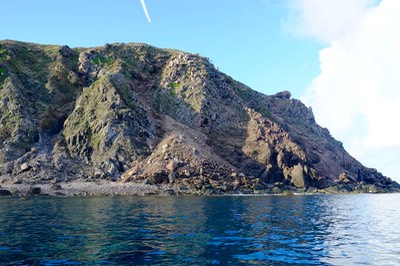Centimeter scale uplift rate and equivalent erosion make Taiwan the best place to study the coupling between tectonics and erosion. Currently we focus on longitudinal river profiles in eastern Taiwan and their tectonic implications.
Tectonic activities of Longitudinal Valley in eastern Taiwan inferred from Fluvial Longitudinal Profiles
Temporal distribution of earthquake slip is one of the most important information for accessing the earthquake hazard. In many cases, ages of past earthquakes can be ob- tained from historical records or excavations of datable materials near active faults. Not all faults have historical records or suitable materials for age-dating, therefore, alterna- tive way of determining timing of fault slip is critically needed. The rapid tectonic activ- ities in the north-south-trending Longitudinal Valley along the eastern Taiwan provides an important opportunity to study the relationship between the collisional mountain building and the spatio-temporal pattern of deformation. However, due to the equally rapid rates of erosion and dense vegetation, geomorphic features related to tectonic activ- ities such as surface fractures and fault scarps can disappear quickly. We exploit digital elevation model (DEM) to look for indications of active tectonics preserved. Specifically, spatial distribution of knickpoints in the eastern flank of the Central Range are used to inferred the tectonic activities in the Longitudinal Valley.
